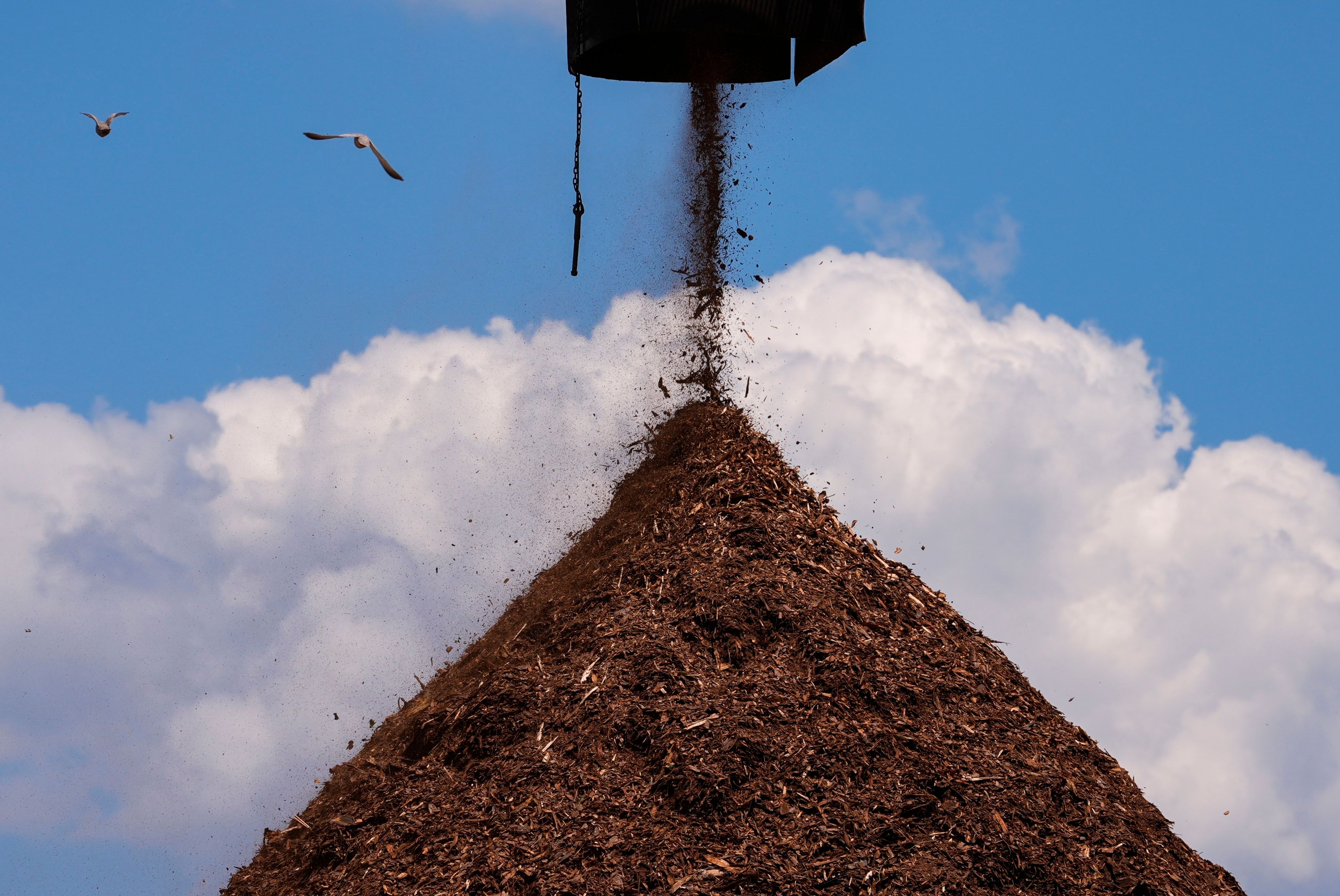Wood Pellet Mills Are Prone to Catching Fire. Why Build Them in California?
Wood Pellet Mills Are Prone to Catching Fire. Why Build Them in California?
Wood pellet mills are facilities that process wood chips, sawdust, and other biomass…

Wood Pellet Mills Are Prone to Catching Fire. Why Build Them in California?
Wood pellet mills are facilities that process wood chips, sawdust, and other biomass materials to create pellets that can be used as a renewable energy source. However, these mills are prone to catching fire due to the combustible nature of the materials they work with and the high temperatures involved in the pellet-making process.
Despite the fire risk, many wood pellet mills are being built in California due to the state’s strong commitment to renewable energy and reducing carbon emissions. California has set ambitious goals for increasing the use of renewable energy sources, and biomass energy, including wood pellets, is seen as an important part of achieving these goals.
Additionally, California has a large supply of biomass materials, such as wood waste from forestry operations and agricultural residues, which can be used as feedstock for wood pellet production. This abundant supply of raw materials makes California an attractive location for building wood pellet mills.
While the fire risk associated with wood pellet mills is a concern, there are measures that can be taken to mitigate this risk. Proper safety protocols, fire detection systems, and fire suppression equipment can help prevent fires or minimize their impact if they do occur.
Furthermore, the benefits of using wood pellets as a renewable energy source, such as their low carbon footprint and potential to reduce dependence on fossil fuels, are seen as outweighing the fire risk associated with their production.
In conclusion, while wood pellet mills are prone to catching fire, the decision to build them in California is driven by the state’s focus on renewable energy, the availability of biomass materials, and the potential benefits of using wood pellets as a sustainable energy source.




